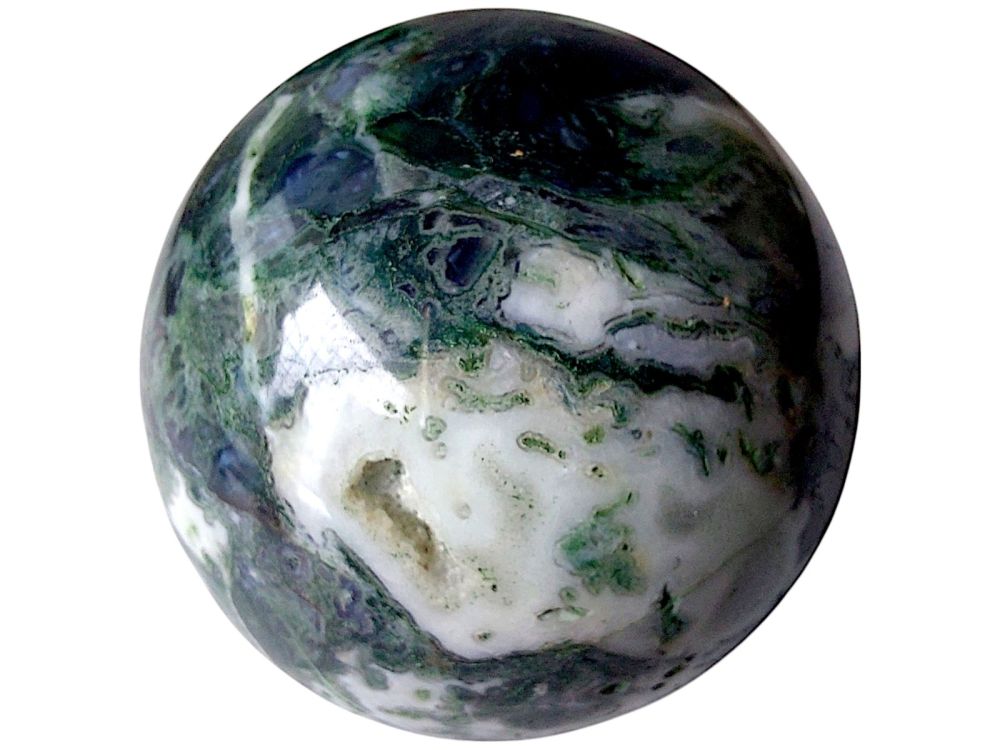We use cookies to make your experience better.
TimmersGems has a new website, existing customers also need to register again.
Moss agate spheres from the south of India (40-70 mm)
Beautiful balls of a striking color Moss agate, from the south of India, near the city of Poona.
Availability:
In stock
SKU
122406
Moss agate is a semi-precious stone. The stone owes its name to the greenish inclusions (drawings) that resemble moss. Moss agate is a variety of agate. The white base of moss agate consists of quartz. The dendritic inclusions are chlorite or iron and manganese minerals that have a great resemblance to moss. Depending on the valence of the metal, the inclusions show different colors. Moss agate therefore contains no organic material despite its name. The stone is formed from weathered volcanic rock. The chemical structure of moss agate is identical to that of jasper, flint and chert, all also varieties of quartz. The green/blue/red/yellow and brown stones are polished/cut and used for jewelry or as a talisman. The most important sources of moss agate are India, China, the US and occasionally in South Africa and Brazil. Moss agate is found in the US, among other places, in the deposits of the Yellowstone River and its tributaries, between Sidney (Montana) and Billings (Montana). In this variant, called Montana moss agate, the red color is caused by iron (III) oxide (rust) and the black by manganese (IV) oxide.
| Dimensions | 40-70mm |
|---|---|
| Country of Manufacture | India |












